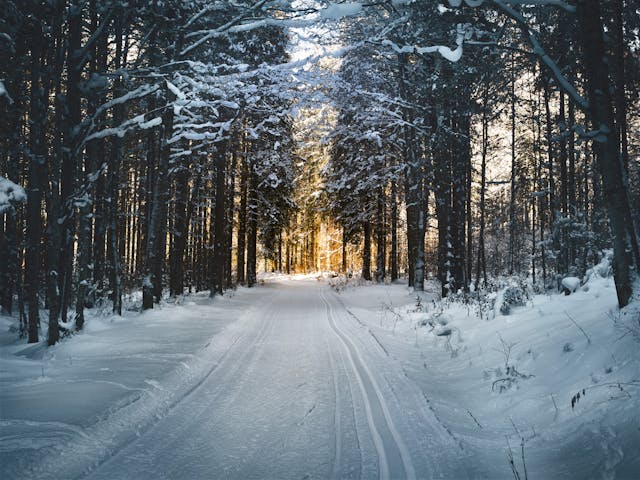All fields are required
Posted in Food Safety,Our Blog on February 7, 2025

With places seeing once in a lifetime snow amounts in the deep south of the United States this winter everyone is questioning is it safe to eat snow? People are making snowy soda, snow ice cream and other fun treats but I come from a family where one grandma was a fierce maker of snow cream (but not from the first snow) and another grandma who said it was absolutely not safe to eat and would cause a sore throat. Today we get to the bottom of this and figure it out once and for all.
According to Dr. Mikhail Yakubov of Manhattan Gastroenterology, eating snow is not recommended, especially in areas where it can be exposed to contaminants.
“Snow can contain pollutants from the atmosphere, especially in urban areas,” Dr. Yakubov says. Though it may seem like snow goes straight from the clouds to the ground, there’s actually much more to it as it falls from the sky. So, here’s a little science lesson about how snow is formed: Snow starts out as water vapor high in the clouds and when the temperature gets cold enough, those water vapors freeze and turn into ice crystals, which clump together to form snowflakes. As snowflakes fall, they can pick up air pollutants, dust, or other bacteria. Not to mention, the first snowfall will land on the ground which is susceptible to contamination from dirt, pesticides, or even chemicals used to melt ice on your driveway.
“Snow that sits on the ground can pick up pathogens like bacteria if it’s been sitting out for an extensive period of time,” Dr. Yakubov says. “I would clearly avoid old snow, but especially avoid any snow that has discoloration, as it may contain additional contaminants.”
Though it may sound like no snow is good snow to eat, Dr. Rebekah Diamond, an Assistant Professor of Pediatrics at Columbia University, says to follow your instincts. Eating small amounts of the top layer of snow that are the furthest away from the ground will have the least amount of pollutants. “Like anything, if it’s dirty (contaminated by animals, especially) you could get sick,” she says.
Dr. Yakubov also confirms that aside from environmental risks, “bacteria from dirt, and animal urine can also pose potential health risk.”
That means you should avoid any grey or yellow snow, or any snow that’s a color other than white.
“If traditional symptoms of illness appear: fatigue, lethargy, fevers, chills, rigors, cold sweats, etc., then consider making a doctor’s appointment,” he warns.
We have sat a bowl of to collect the most “fresh” snow when it comes to making snow cream, but this is at everyone’s discretion based on where you live and how safe you feel it would be with outdoor animals and other considerations.
No matter where you live we hope you have gotten the amount of snow you were wishing for this winter and if you didn’t wish for any and still got some you made the best of it. Keep an eye on Make Food Safe for more winter food safety tips.